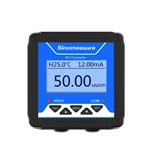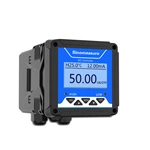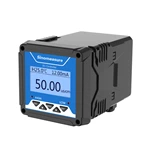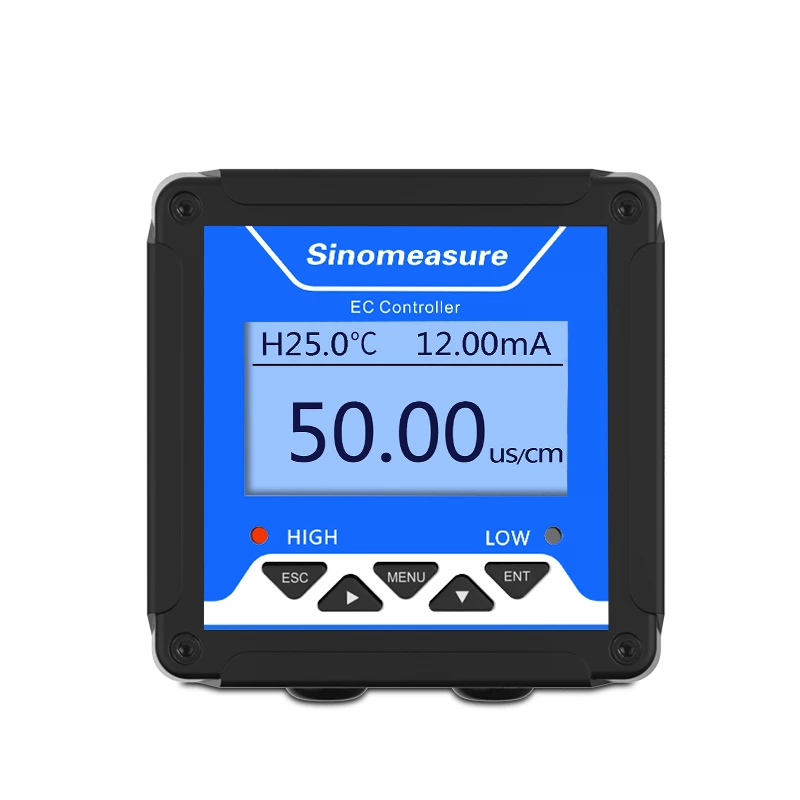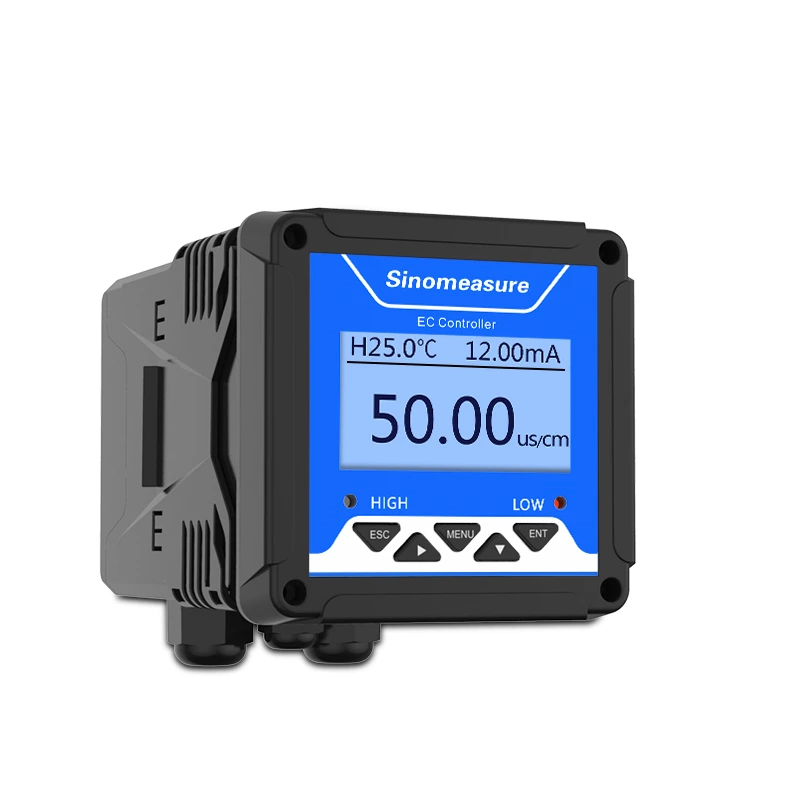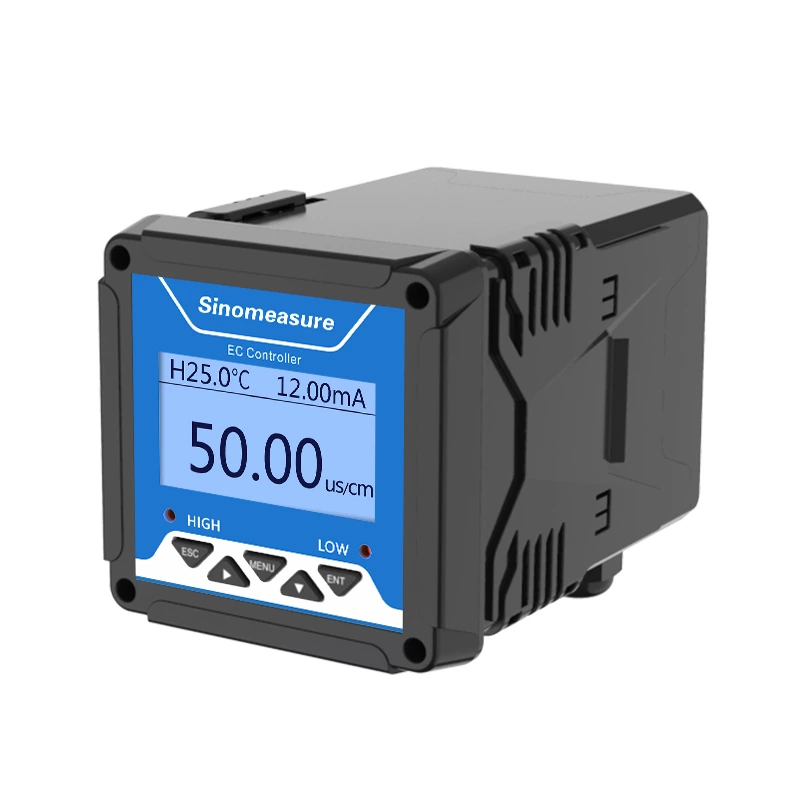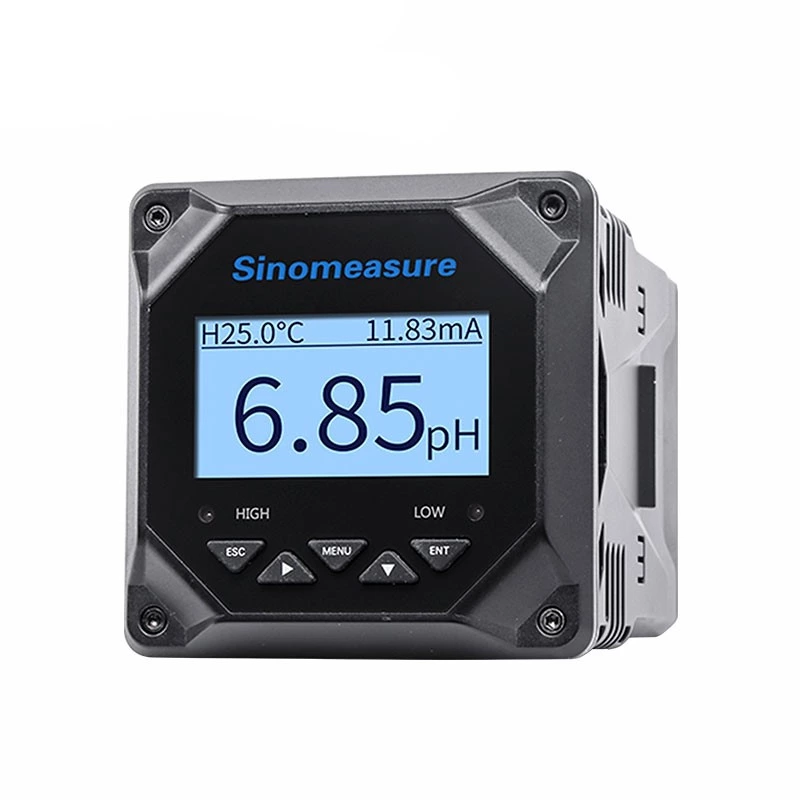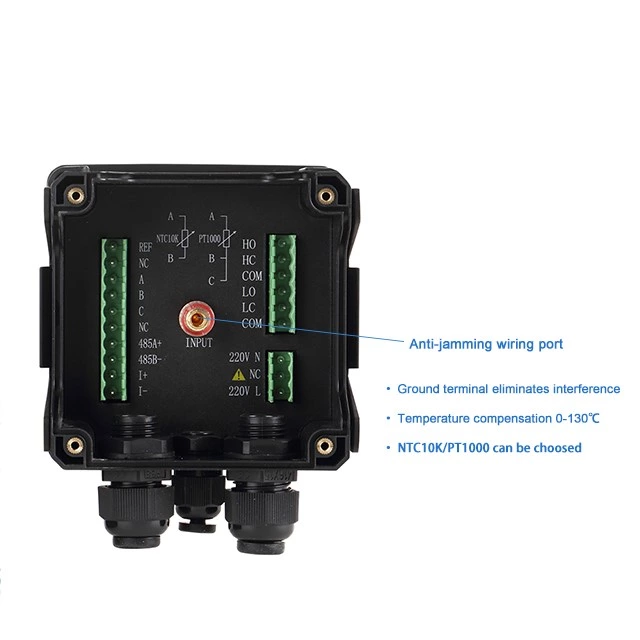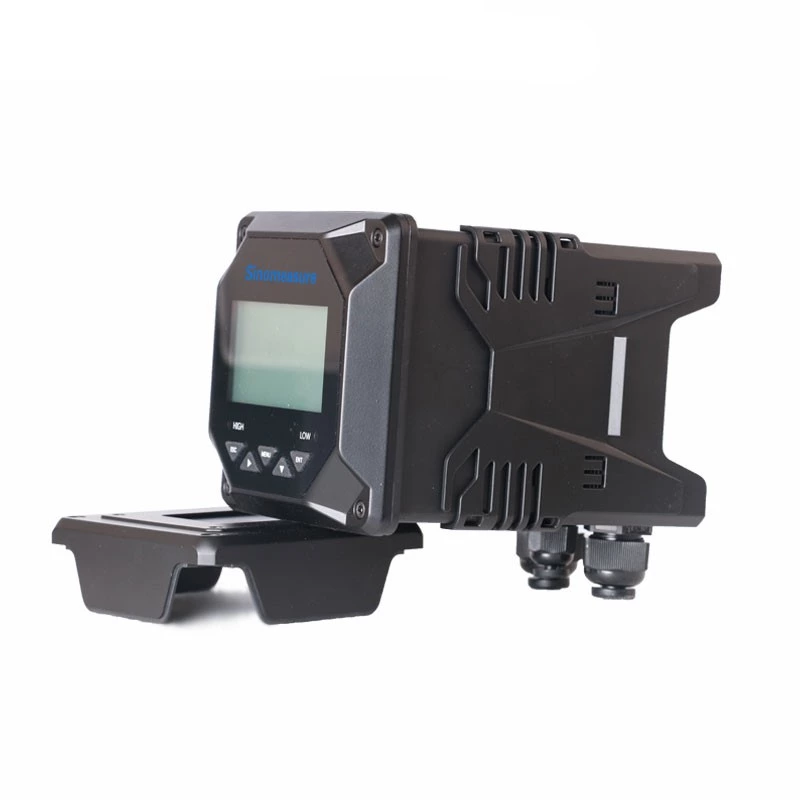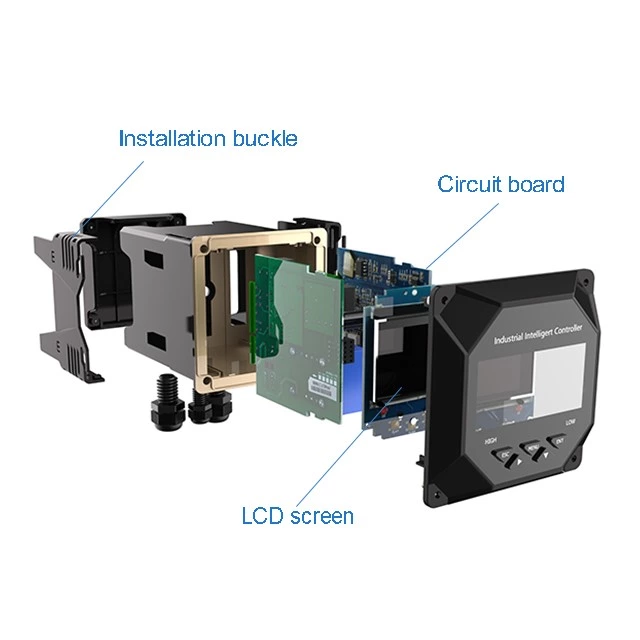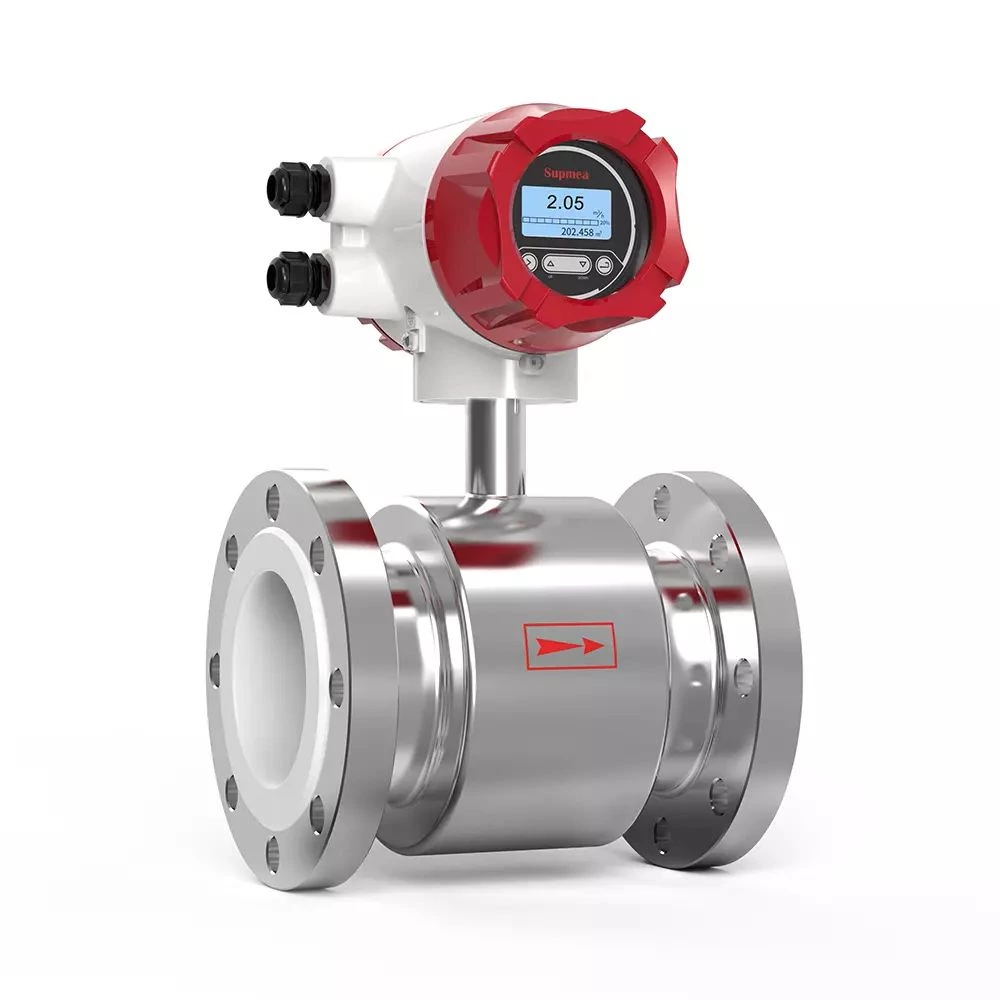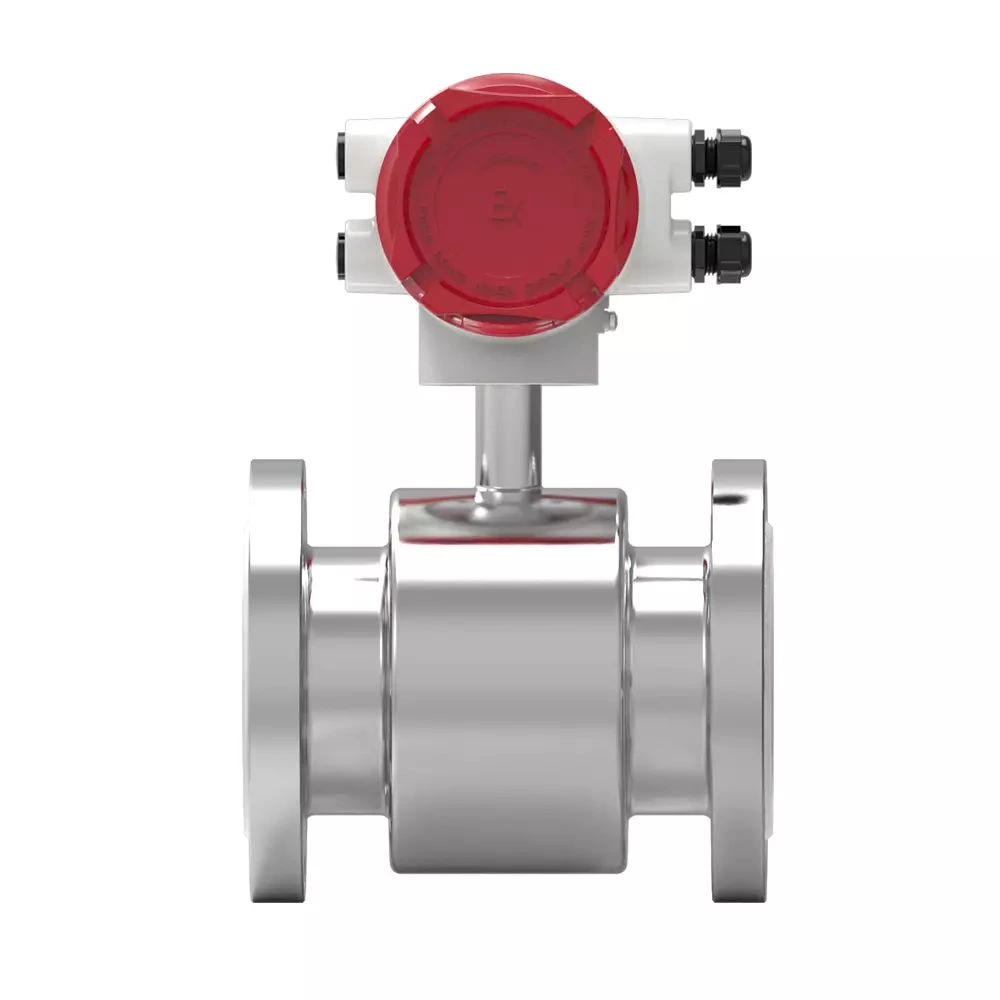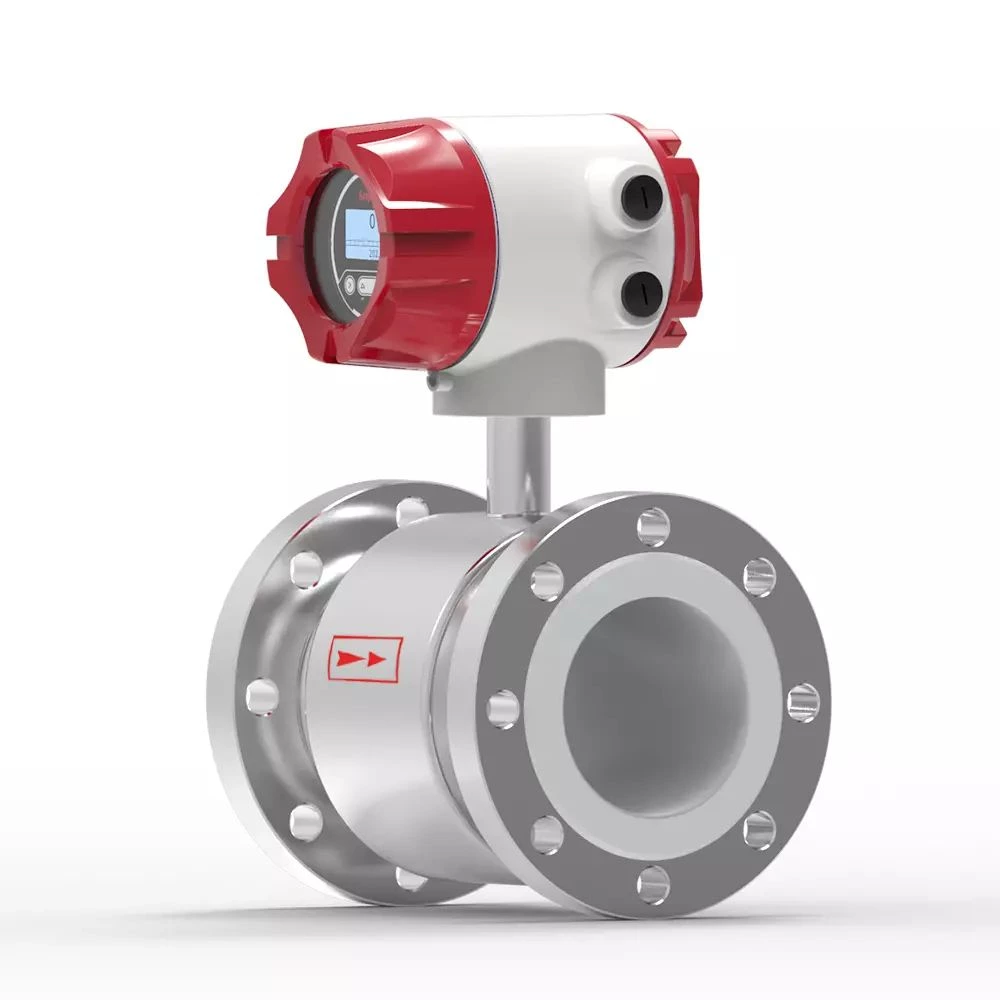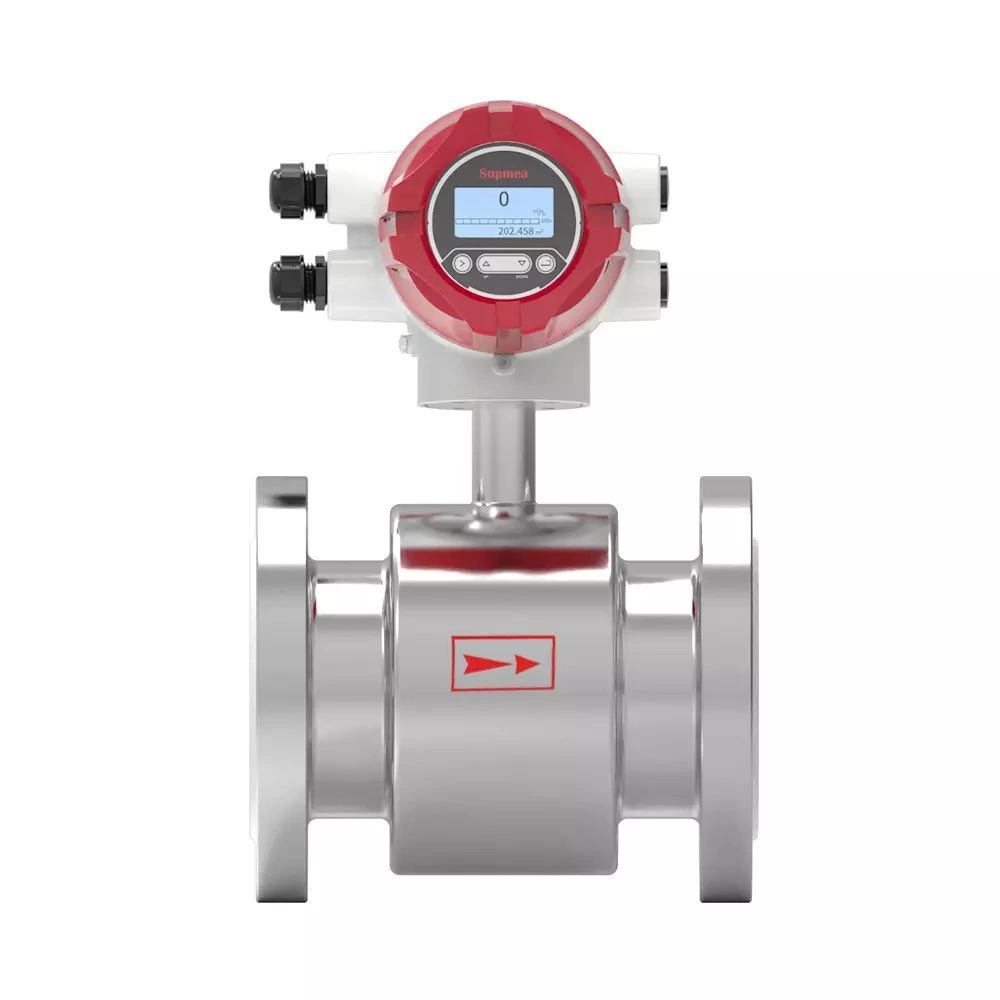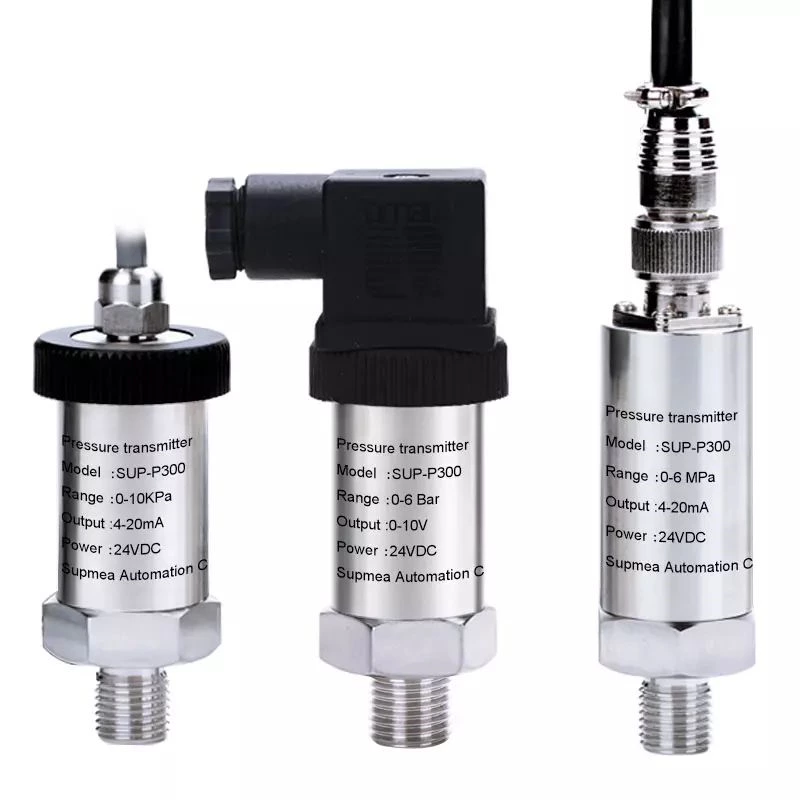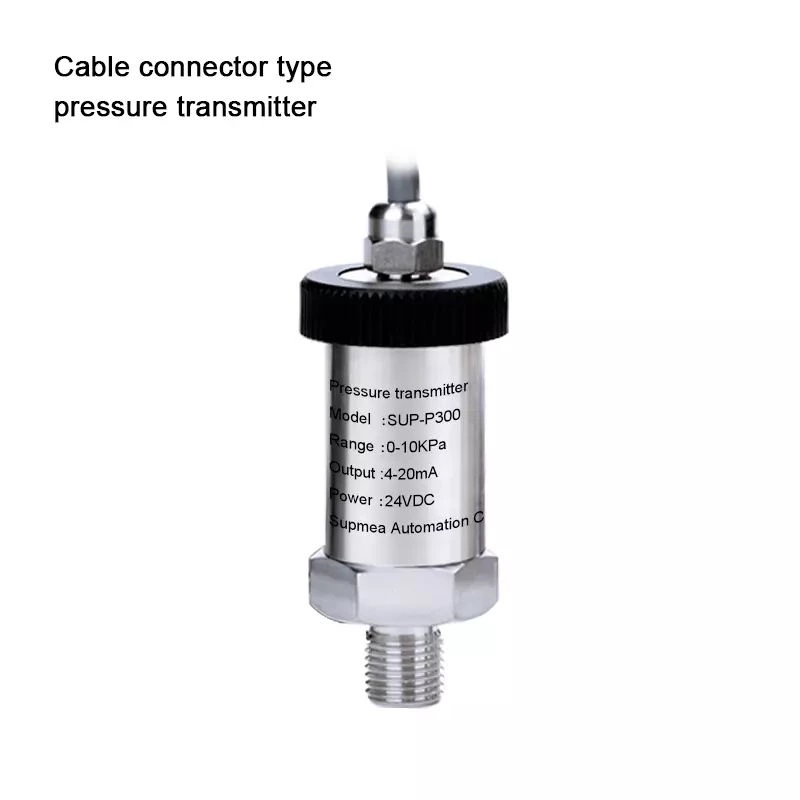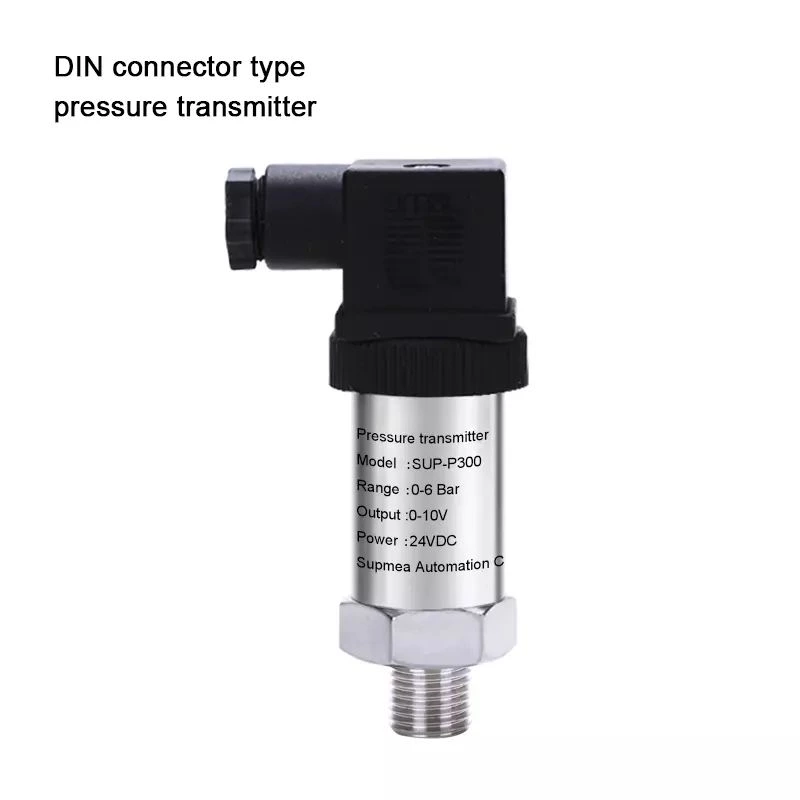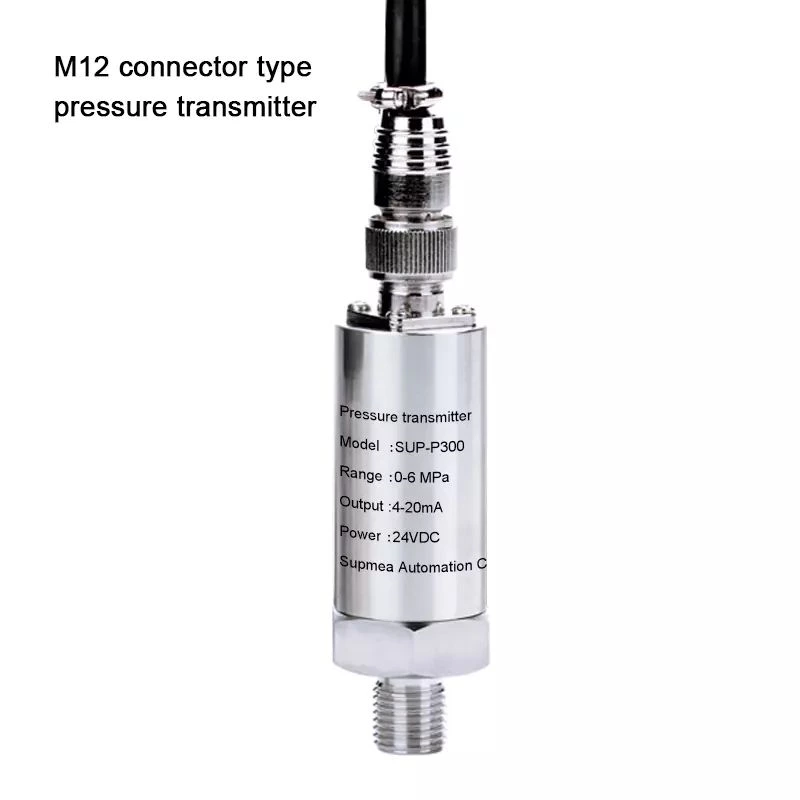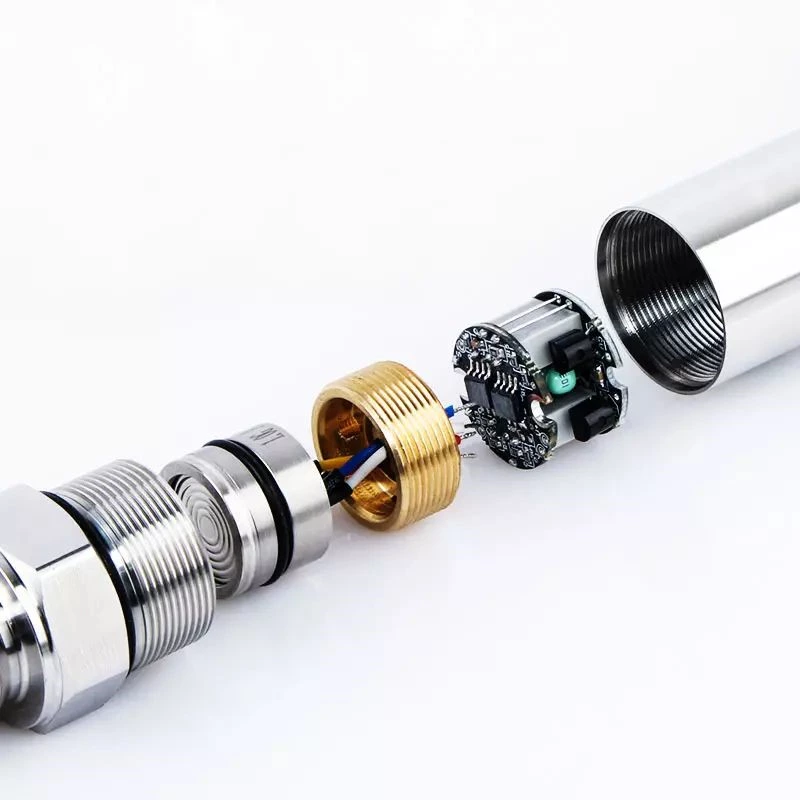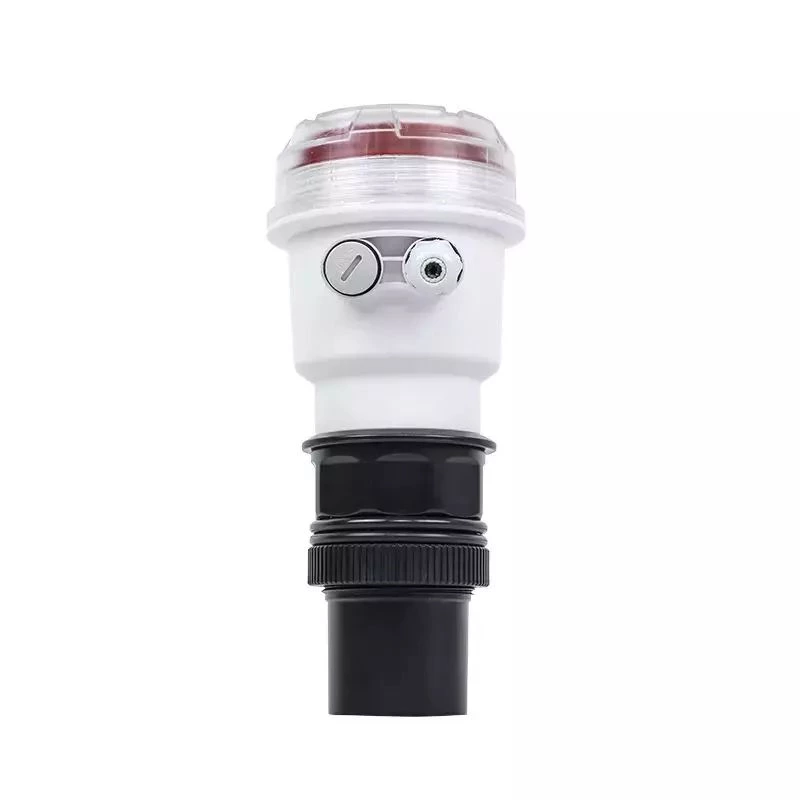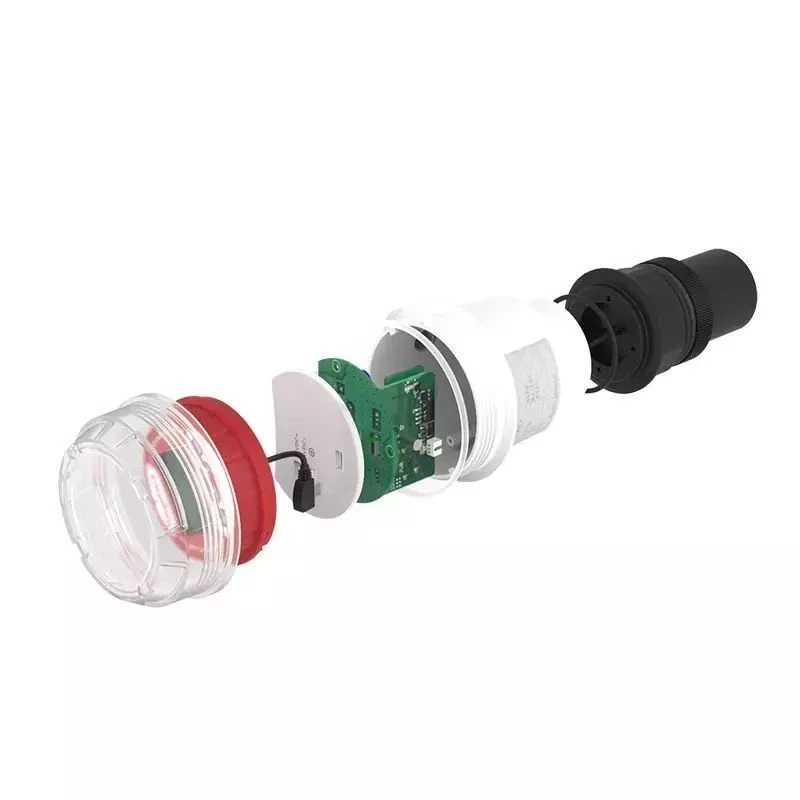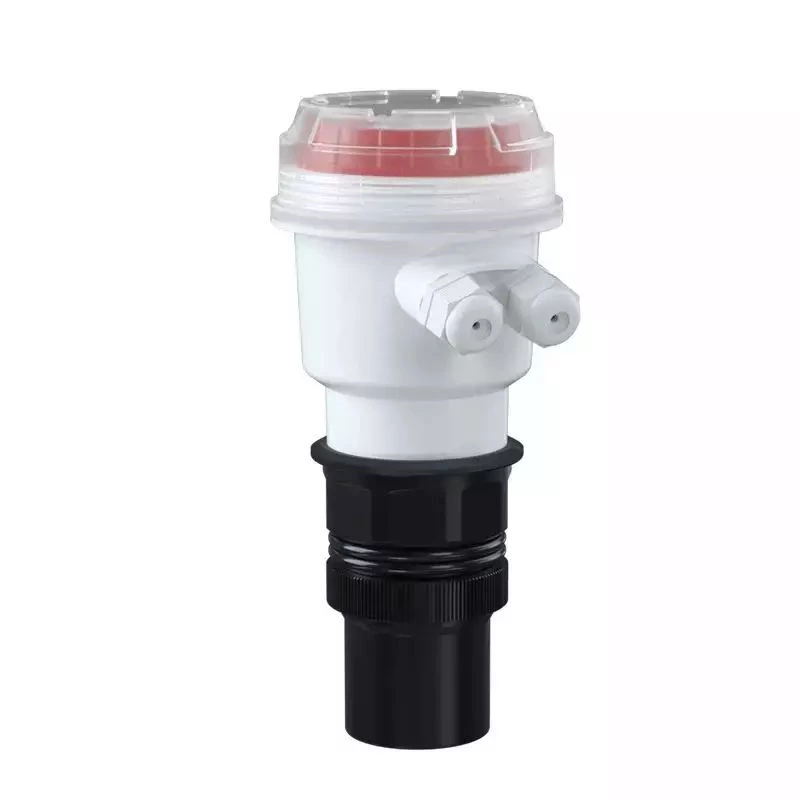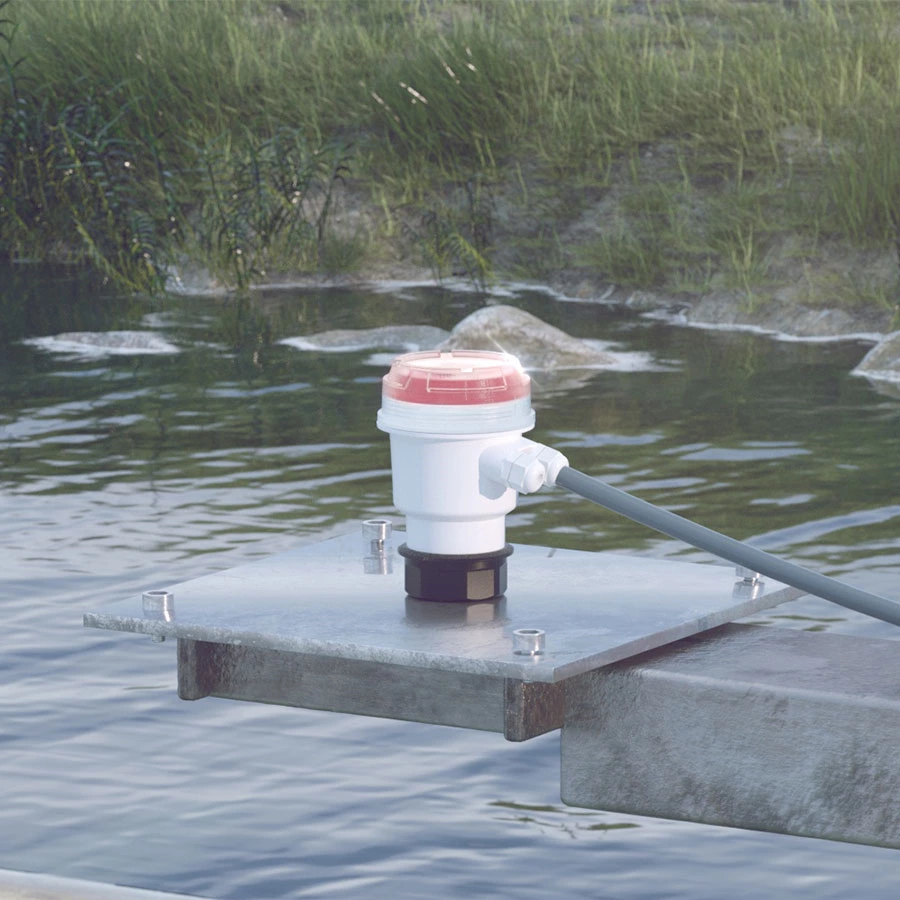SIN-TDS210-C Conductivity meter
Range: 0.01 electrode: (0~20.00)μS/cm / (0.05~18.18)MΩ*cm
0.1 electrode: (0.20~200.0)μS/cm
1.0 electrode: (2.00~2000)μS/cm, maximum 20000μS/cm
10.0 electrode: (0.02~20.00)mS/cm
Accuracy class: 2.0
Output: Isolated,(4~20)mA, maximum loop is 750Ω, ±0.2%FS
Power supply: AC:220VAC±10%, 50Hz/60Hz; DC:24VDC±10%
-
Introduction
A water conductivity meter is a device used to measure the electrical conductivity of a liquid. It is most commonly used to measure the salinity of water and is essential for monitoring quality in commercial and industrial water systems. The readings can also help to determine the chemical composition of water as different substances will affect the water's conductivity. The device consists of two electrodes that measure the electrons that flow between them when a difference in electric potential is applied to the liquid. The results are then displayed on a digital readout.
-
Specification
| Measure Range | 0.01 electrode: (0~20.00)μS/cm / (0.05~18.18)MΩ*cm |
| 0.1 electrode: (0.20~200.0)μS/cm | |
| 1.0 electrode: (2.00~2000)μS/cm, maximum 20000μS/cm | |
| 10.0 electrode: (0.02~20.00)mS/cm | |
| Accuracy class | 2.0 |
| Weight | 0.58kg |
| Temperature Compensation | NTC10K / Pt1000, manual/automatic |
| Screen size | 2.8 inches 128*64 lattice screen |
| Relay | 2 channels, Pickup/Breakaway AC250V/3A |
| Output | Isolated,(4~20)mA, maximum loop is 750Ω, ±0.2%FS |
| RS485 output | Isolated, MODBUS-RTU RS485 |
| Power supply | AC:220VAC±10%, 50Hz/60Hz; DC:24VDC±10% |
| Overall dimension | 100mm×100mm×150.5mm |
| Cutout dimension | 92.5mm×92.5mm |
